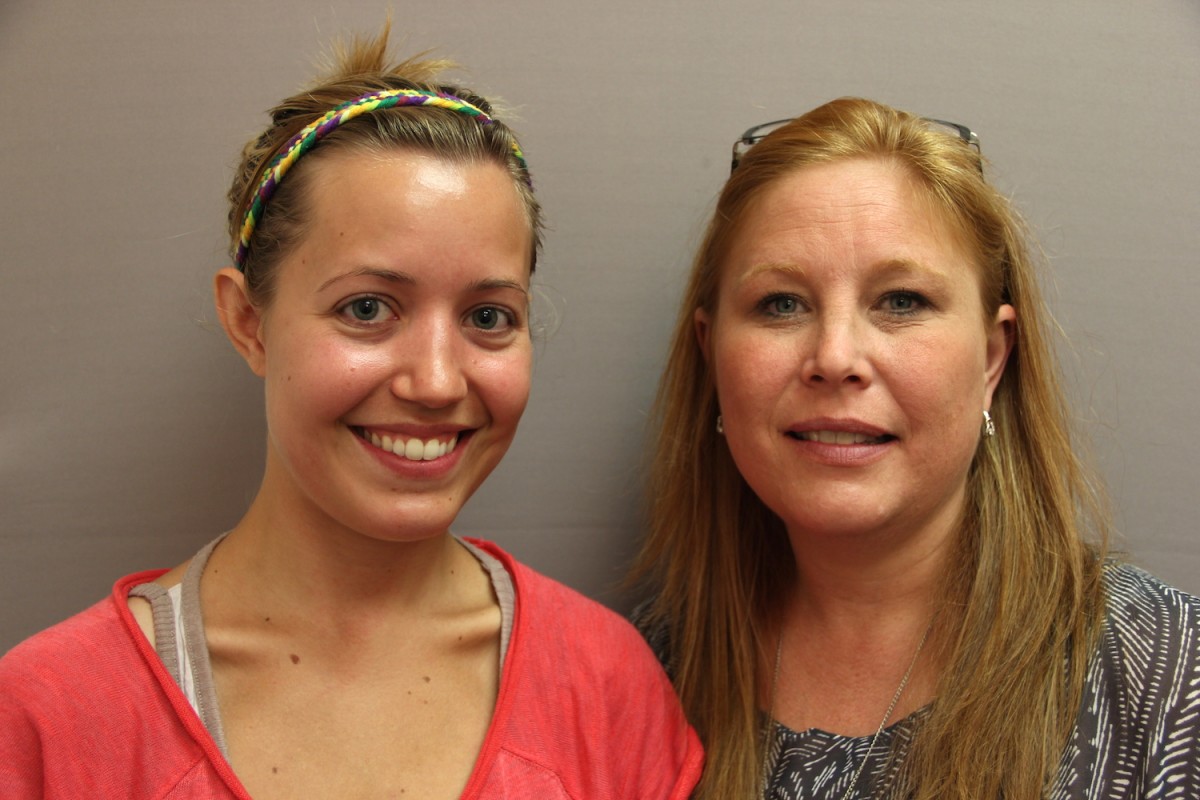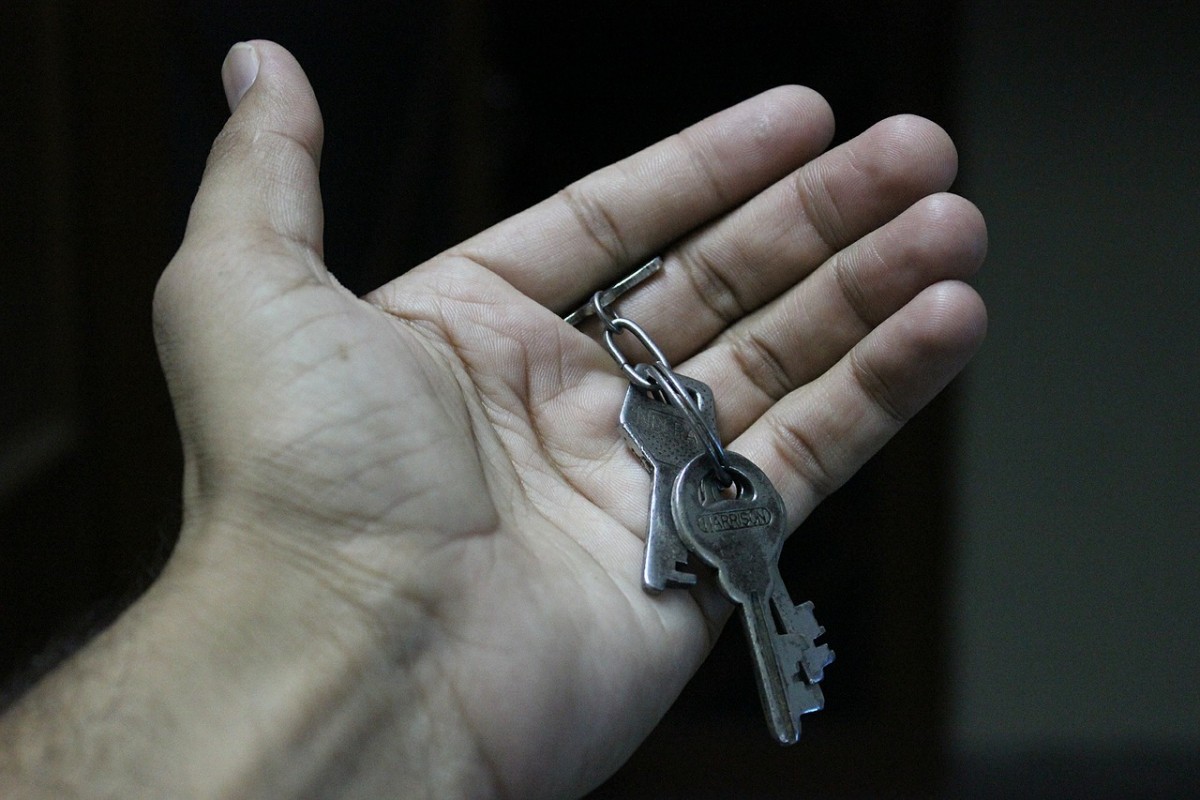With only $4 cash and no access to her bank account or credit cards, Jordan Hedgecock strapped her children in their carseats and fled an abusive partner. Hear about their experience with homelessness, read how their story fits into the larger context of domestic violence and homelessness in our state, and learn what you can do today to help ensure that all families have the opportunity to live in safe, healthy, affordable homes.
Domestic Violence
Policy Matters: The Fair Tenant Screening Act Could Save Someone’s Life
Jen Haynes from YWCA of Spokane shares how the Fair Tenant Screening Act, a bill that is pending at the state legislature, would help domestic violence survivors get into safe housing.
“Stepping Into Homelessness”: Domestic Violence and the Power of Empathy
Many families in our community face “an untenable choice”: Staying in a domestic violence situation, or leaving and stepping into homelessness. In a new three-minute audio story, edited from a StoryCorps recording, Vince Matulionis of United Way of King County tells colleague Catherine Hinrichsen of Seattle University about how empathy for that experience drives his work.
Violence Against Women: So Common, It’s Cultural
Today’s American women have more opportunity, empowerment and success than ever. Yet violence is a persistent problem. Especially when it occurs in the intersection of race, power, poverty and history, large segments of the female population are left without support or justice from our legal system. Perry Firth from the Seattle University Project on Family Homelessness shares disturbing statistics, and takes a close look at the cultural forces that cause and sustain violence against women in this thought-provoking post.
Domestic Violence and the NFL: Tackling the Problem
Our Week Without Violence series continues with a second post from Seattle University student Emma Lytle. A devoted football fan, Emma was shaken by recent news stories about domestic violence and the NFL. In today's post she examines conversations that emerged after Ray Rice was suspended from the league, and shares some ways you can take a stand against domestic violence.




